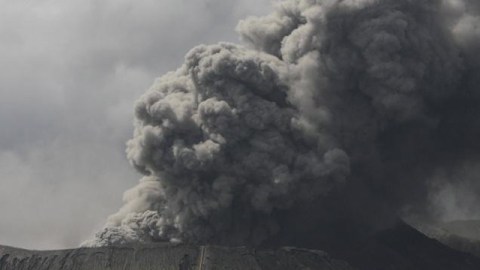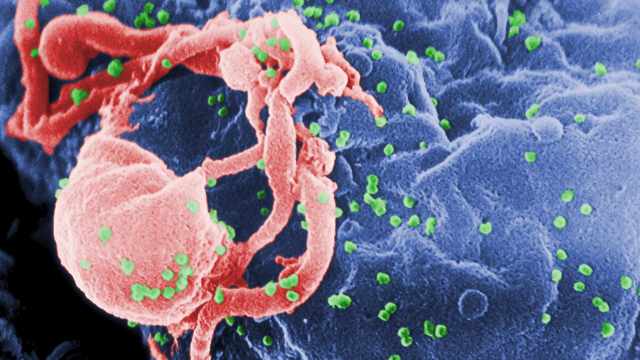Monday Musings: Indonesia, Bulusan, Hawaiian lava flows, signs at Hekla and more

Lots of news here on the last Monday of November!
Indonesia: Bromo in the Tengger Caldera continues to look like its ramping to a new eruptive cycle. There have been a number of low-level ash explosions from the scoria cone, some large enough to prompt the closure of a nearby airport (~25 km away) until December 4. The government of Indonesia is preparing for potential evacuations near the volcano, but so far, only warnings to prepare for an eruption have been issues to the local residents. Meanwhile, damage to forests near Merapi has been estimated at over $611 million and potentially hundreds of years to recover. However, as Mount St. Helens shows, recovering after an eruption can be surprisingly rapid. Finally, if you are keeping score at home, reports continue to come in about increasing activity at the ever-busy Anak Krakatau, although weather and ash have made monitoring difficult.
Philippines: Bulusan continues to be a concern for the Philippine government as well. However, some of the hazards are more related to weather than eruptions, as intense rains have increased the threat of remobilization of ash to produce lahars. So far the lahars have only caused damage in valley towns around the volcano, but residents are being warned as some lahars have been approaching homes near the volcano. In fact, the threat of persistent lahars near Bulusan has prompted the discussion of permanent resettlement of people who live near the volcano. The volcano continues to experience earthquakes and explosions and sulfur dioxide emissions are still relatively low, at ~13 tonnes/day, according to PHIVOLCS, and the alert status remains at level 1.
Hawai`i: The lava flows at Kilauea continue to finish off houses in the ill-fated Kalapana Gardens subdivision. Lava flows ignited fires that burned down two more structures. You can see images and watch video of the destruction as well as check on the current status of all activity at Kilauea.
High above our heads: Japanese astronaut and current ISS resident Soichi Noguchi snapped an image of a steaming (not erupting as he called it) volcano in South America (see below). He didn’t ID the volcano, but some Eruptions readers on Twitter guessed this is likely Nevado del Ruiz in Colombia … any other guesses?

An unnamed South American volcano snapped by ISS resident Soichi Noguchi.
Rumors and hints: Finally, there are two stories out there pertaining to potential eruptions that proved to be false and potential future eruptions. First was a rumor that Taranaki in New Zealand had erupted, but it turns out that the plume observed was from a debris fall on the volcano. Heavy erosion causes Taranaki, located to the west of the main Taupo Volcanic Zone, to be unstable. The last eruption at Taranaki was in 1854. Around the world (literally), there are observations that streams issuing from Hekla are drying up, which has sometimes been a sign that the volcano may be headed towards an eruption. As Jon Frimann points out, however, there has also been very little precipitation in Iceland, so this could also be merely a sign of this drought. In any case, these streams are well-worth watching in the near future – Hekla last erupted in 2000.
Top left: Bromo producing an ash cloud on November 29, 2010.




